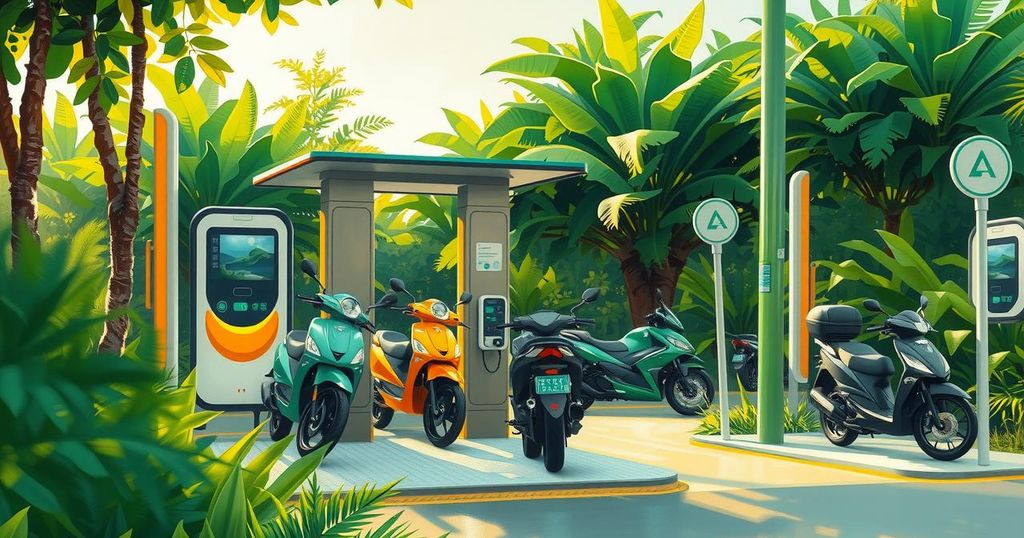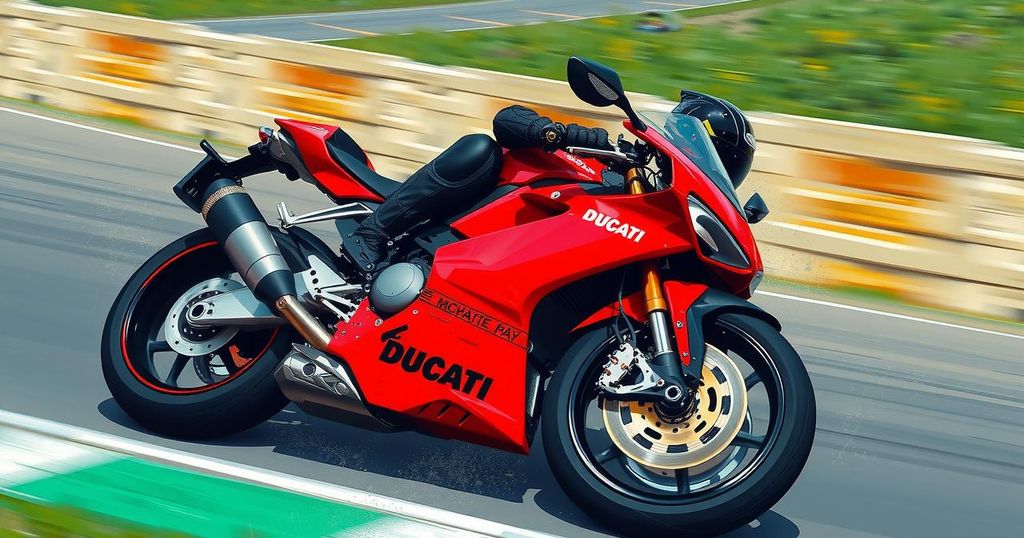Kenya Proactively Adopts E-Mobility Amidst Global Electric Vehicle Surge
Kenya is witnessing a surge in electric vehicle and motorcycle usage, mirroring a global trend where EV sales increased by 25% in 2024 to over 17 million units. The IEA’s report highlights China’s dominance in the market, while emerging markets like Kenya report notable growth, with energy consumption in e-mobility rising significantly. Despite this growth, e-mobility constitutes only a tiny fraction of Kenya’s total energy consumption.
Kenya is increasingly adopting electric mobility, reflecting a global rise in electric vehicle (EV) sales. A recent report by the International Energy Agency (IEA) indicated a 25% increase in global EV sales in 2024, totaling over 17 million units, marking a growth from less than 14 million in 2023. This surge is largely attributed to climate action initiatives advancing the transition to sustainable transportation.
The IEA report clarified, “Electric car sales continued to rise globally in 2024, increasing by more than 25% to over 17 million units.” Notably, EVs constituted over 20% of total car sales worldwide during this period. China remained the leading market, contributing nearly two-thirds of global electric car sales and experiencing an annual growth rate close to 40%.
Emerging markets, including those in Africa, exhibited impressive growth, with EV sales escalating by 80% year-on-year. In Kenya, the Energy and Petroleum Regulatory Authority (EPRA) reported a substantial 466% increase in energy consumption associated with the electric mobility sector from July to December 2024. The consumption rose from 0.32 GWh to 1.81 GWh during the same period.
Despite this remarkable growth, e-mobility still represented only 0.03% of Kenya’s total energy consumption. EPRA noted that industrial users were the largest electricity consumers in the country, utilizing 2,807.10 GWh or 51.18% of total energy consumption, reflecting a surge in industrial activities. Domestic consumers followed, consuming 1,728.19 GWh.
Small commercial enterprises consumed 902.94 GWh, while street lighting usage declined, representing only 0.81% of total energy consumption. EPRA confirmed, “Street lighting accounted for 0.81% of total energy consumption,” reflecting varied shifts in energy utilization patterns in Kenya.
Kenya is experiencing a significant increase in electric vehicle and motorcycle adoption, in alignment with global trends as outlined in the IEA report. The growth reflects efforts toward sustainable development despite e-mobility’s still marginal contribution to overall energy consumption. Moving forward, continued investment in electric mobility and supportive policies will be essential for Kenya to enhance its position in the framework of global electric vehicle adoption.
Original Source: eastleighvoice.co.ke




Post Comment